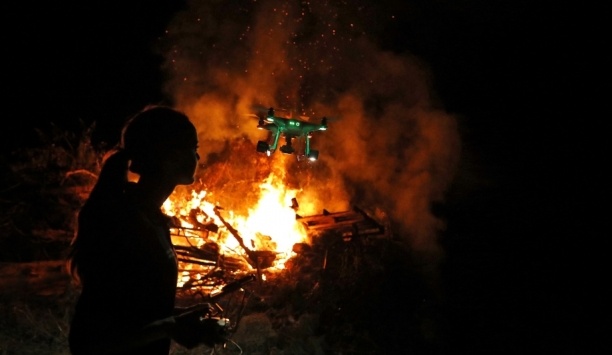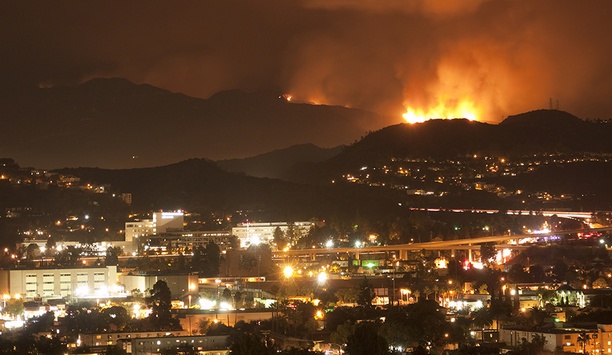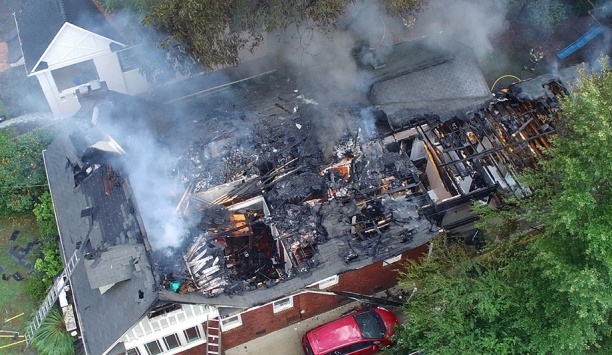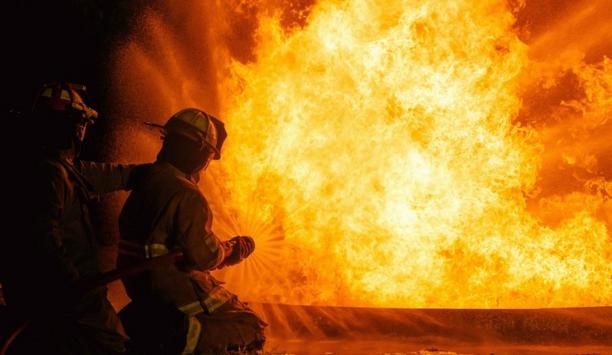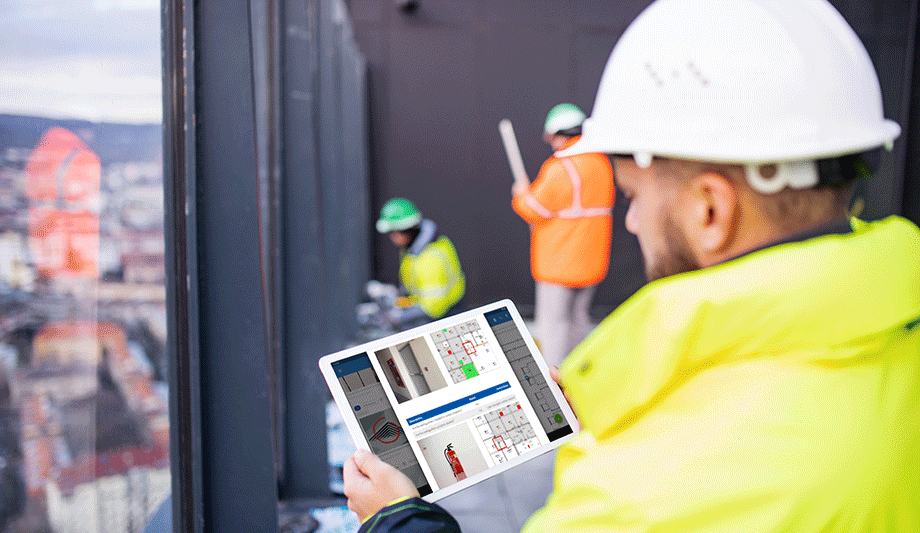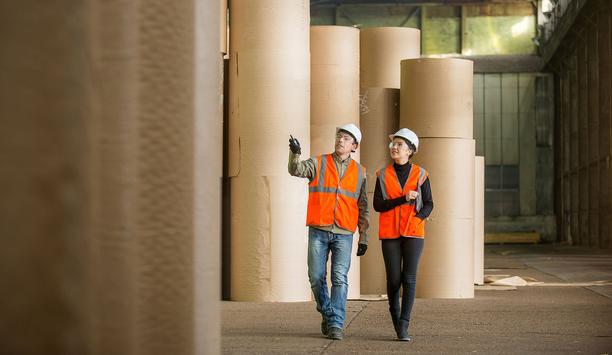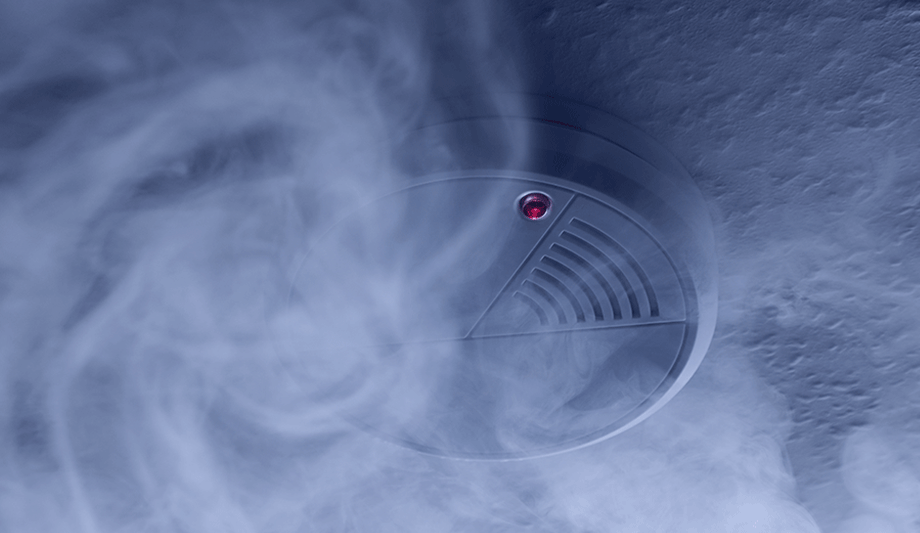SkyFire Consulting - Experts & Thought Leaders
Latest SkyFire Consulting news & announcements
Skyfire Consulting, the most trusted and experienced public safety UAS consulting group, announced its collaboration with the Fremont, California Fire and Police Departments, to launch the first-of-its-kind joint Drone First Responder (DFR) program in the United States of America (USA). The program, approved by the Fremont City Council on February 13, 2024, has leveraged Skyfire’s expertise in consulting, community engagement, regulatory support (Beyond Visual Line of Site ‘BVLOS’ waiver), and training to enhance public safety and emergency response times. Fremont DFR Program The Fremont DFR program utilizes Unmanned Aerial Vehicles (UAVs) launched from fixed locations to rapidly respond to public safety incidents. These UAVs, piloted by certified professionals, arrive on-scene ahead of first responders, providing critical real-time situational awareness through live-streamed video. Enhancing Situational Awareness and Response The information empowers responders to make better decisions, de-escalate situations when possible This information empowers responders to make better decisions, de-escalate situations when possible, and identify potential hazards and rescues. “Skyfire is honored to support Fremont in launching this historic DFR program,” said Matt Sloane, Skyfire Founder and CEO, adding “Our team’s deep experience and commitment to public safety were instrumental in bringing this program to life, and we are confident it will serve the Fremont community well.” Community Support and Pilot Program Success With strong community backing, the Fremont Police and Fire Departments conducted a successful pilot program from November 2022 to January 2023. The program, which deployed UAVs from strategic locations like Parkway Towers, demonstrated the value of DFR in enhancing public safety, reducing response times, and ensuring first responder safety. Expanding DFR Reach with WHHS WHHS will host UAV launches from its rooftop location on Mowry Avenue, expanding the program’s reach The Fremont DFR program is further bolstered by a partnership with Washington Hospital Healthcare System (WHHS). Later in February, WHHS will host UAV launches from its rooftop location on Mowry Avenue, expanding the program’s reach and response capabilities within the community. “We’re proud to work with Skyfire to launch this groundbreaking DFR program,” said Jeff Kleven, Battalion Chief, Fremont Fire Department, adding “This program has the potential to save lives and make our community safer, and Skyfire’s expertise has been invaluable in getting us to this point.” Skyfire’s Proven Track Record in DFR Skyfire brings a decade of experience to the Fremont DFR program, having supported hundreds of public safety drone programs across the country. In 2019, Skyfire became the first consultancy to help obtain FAA approval for the nation’s first active emergency response Certificate of Authorization (COA) with a Beyond Visual Line of Sight (BVLOS) provision for public safety. This achievement, working alongside the Chula Vista Police Department (CVPD) with support from the City of San Diego, demonstrates Skyfire’s commitment to innovation and pushing the boundaries of drone technology for the public good.
Drones and UAVs being increasing employed to ensure public security Small unmanned aerial vehicles, colloquially known as drones, are being adopted by more public safety agencies around the world than ever before; and the number of lives they’re saving is climbing dramatically. On one recent day, four people were saved by drones, in three separate incidents around the world. Drones Security Drone manufacturer DJI calls it a ‘marked new milestone in public safety drone use,’ in a press release issued last month. On May 31st, Wayne Township Fire Department in Indiana used a drone to drop a life jacket to a fleeing suspect, who had gotten himself into a near drowning situation in a lake. Thermal imaging camera on drones On that same day, officials in a Texas town near Dallas dropped life jackets to a mother and daughter who found themselves in rising floodwater; and police in the UK used a drone with a thermal imaging camera to find a stranded hiker on a dangerous cliff. “We are seeing more and more life-saving stories coming out of these agencies,” says Matt Sloane, CEO of Skyfire Consulting, a group who works with public safety agencies to adopt drone programs. “This technology can no longer be written off as a ‘toy’ or a plaything. It’s a front-line tool in public safety, and it’s already saving lives.” The UAV is one of the most exciting tools to come along that improves first responder safety and efficiency" UAVs for Public Safety For many agencies, including the Wayne Township Fire Department, the technology has been a game-changer. “In my 32 years working in Public Safety, the UAV is one of the most exciting tools to come along that improves first responder safety and efficiency,” said Captain Mike Pruitt, Wayne Township’s UAV program manager. “The possibilities of what we can do with these aircraft are endless.” Pruitt, who worked with Skyfire to start his drone program, says he’s flying the departments’ aircraft several times a week in his area, and in other parts of Indiana where he’s called to assist. Water-resistant drones They even flew last week in heavy downpours with DJI’s Matrice 210 aircraft, a water-resistant drone. More than 900 public safety agencies around the country are flying drones, according to a recent Bard College study, up 200% from last year’s report, but this is only the tip of the drone iceberg, says Sloane. “There are over 100-thousand public agencies in the US,” he says. “Early adopters like Wayne Township are showing the other 99-thousand agencies out there that this technology can be implemented safely, effectively, and will truly save lives.” Public Safety UAV symposium Skyfire has worked with over 120 of those 900 agencies, including the Los Angeles Fire Department, Orlando Fire Department, Miami-Dade Fire, and most recently, Houston Fire. “Big and small, our clients are taking their response capabilities to the next level, and I don’t see this trend slowing down anytime soon,” Sloane says. Skyfire will be holding a public safety UAV symposium with Memorial Villages Police Department and Houston Fire Department July 30th and 31st in the Houston Area.
Insights & Opinions from thought leaders at SkyFire Consulting
The Los Angeles Fire Department (LAFD) is setting the standard for the use of drones in firefighting applications. As one of the first major metropolitan fire departments to have a significant drone program, LAFD has flown more than 175 missions in less than two years, including the Skirball fire that burned the Bel Air neighborhood in December 2017. Since Skyfire Consulting, a drone services and training company, helped LAFD secure a Certificate of Authorization (COA) for the drone program, the agency has established a training regimen, secured new products and equipment and grown their program to 17 licensed pilots and a fleet of nine drones. When privacy worries created a backlash in the community, the LAFD met the concerns head-on and ensured their standard operating procedures (SOPs) addressed any privacy issues. Incorporate Drone Technology LAFD started a Pilots Training and Ground School Course earlier in 2019 A report to the Board of Fire Commissioners in March from LAFD Chief Ralph Terrazas outlined the program’s progress. LAFD started a Pilots Training and Ground School Course earlier in 2019 to teach flight skills concepts and legal aspects. LAFD Battalion Chief Richard Fields told the commission the LAFD’s drone program has become a national standard. “We are mentioned in literature, we are mentioned in conferences, we are mentioned across the city family as well as outside agencies,” Fields commented, as reported by NBC4 in Los Angeles. In April, drone technology company DJI announced a Solution Development Partnership with the LAFD to create, test and deploy DJI drones as an emergency response and preparedness tool. The agreement will provide the LAFD with access to new technologies, training and support to incorporate drone technology in its operations. Thermal Imaging Cameras LAFD flies DJI Matrice 600 Series and DJI Phantom 4 Pro drones equipped with visual and thermal imaging cameras that provide real-time video and data transmission to incident commanders. LAFD will continue to use DJI drone technology across a variety of situations including hot-spot identification and aerial mapping to help manage wildfire response, as well as incident response for swiftwater rescues, hazmat operations, and urban search and rescue missions. LAFD will continue to use DJI drone technology across a variety of situations “The LAFD has been working through a pragmatic approach to adopting drone technology for several years, including developing policies and procedures that define clear use case scenarios and building awareness among the general public about the positive life- and property-saving benefits drone technology can provide,” says Fields. “[The partnership with DJI] gives the Department access to developments such as drones equipped with thermal cameras that will give incident commanders a real-time bird’s-eye perspective,” he adds. Complex Urban Environments When considering the benefits of drones, departments of any size can be inspired by LAFD’s example “Combining advanced drone technology with new software tools will help bridge the gap between [the capabilities of] helicopters and [those of] firefighters on the ground, allowing us to address life-threatening situations faster and more effectively than ever before.” The LAFD’s drone program is one of 910 public safety organizations in the U.S. deploying drones for life saving activities, according to the Bard Center for the Study of the Drone (May 2018). “While the LAFD program shows how drones can succeed when operated within expansive, urban areas by a large department, drone technology is valuable to municipalities of any size,” says Romeo Durscher, Director of Public Safety Integration at DJI. “Through our two-way collaboration [with LAFD], we will receive valuable insight into the complexities of deploying drones for emergency situations in one of the most complex urban environments in the nation,” says Bill Chen, Enterprise Partnerships Manager at DJI. When considering the benefits of drones, departments of any size can be inspired by LAFD’s example.
Drones are an important new tool for the fire service and have already proven their ability to save lives. Willingness to embrace drones (or unmanned aerial vehicles [UAVs]) for fire applications varies widely by department, and it’s not just larger departments that are making the investment. Some smaller departments are investing in drones in a big way, even as some larger departments are reticent. Firefighting Drone Programs Departments may start with a small drone just to “try it out” and to prove its usefulness to upper management. Other departments start with a budgeted amount for their drone program and go from there. According to Matt Sloane, CEO of Skyfire Consulting, the average drone program is around $35,000 to $40,000, which provides drones, thermal imaging, cameras, operation costs – all of it. Drone programs are not covered by Assistance to Firefighters (AFG) grants, however. As little as $1,500 can buy an “eye in the sky” drone (without thermal functionality). Sloane says the top question he used to get asked by potential customers was “How do I use this thing?” Now the top question is “How do I sell it to my chief?” Sloane has done hundreds of demonstrations of drone technology to fire departments and has never heard anyone say “I don’t see how that would be useful.” In fact, cost justification of drones is easy if you compare the cost with operating a helicopter, the closest alternative to provide comparable information. Sloane says implementing a drone program is equivalent in cost to “between 40 and 50 hours” of operating a helicopter. “There is still a misperception that drones are toys,” says Sloane. “But people’s lives are being saved so we’re past that stage.” He compares the reception to drones in the fire service to initial resistance to the use of thermal cameras. “Now everyone has one,” he says. A drone can provide a 360-degree view of a single-family house fire within seconds Effectiveness Of Drones In Fire Applications Education is an important element in spreading the word about the effectiveness of drones for fire applications, says Sloane. A fire department might choose to implement a drone program after they experience a situation in which a drone would have been a useful asset. Drones can be helpful for hazardous materials protection, search-and-rescue, and wildfire applications. The value of a drone boils down to providing better information for decision-making. In the case of a hazardous material spill, for example, a drone can provide information much faster than it would take personnel to don hazmat garments to approach an area safely; there is also no risk to life. A drone can provide a 360-degree view of a single-family house fire within seconds. A thermal imaging camera mounted on a drone can provide instant feedback on hot spots and where the fire is moving. Some drones can drop payloads; for example, they can drop a life jacket to a swimmer or a radio to someone who is trapped. Drones can also be helpful in training, providing high-level views to document activity for evaluation after the fact. Communication with a drone is localized between the drone and the remote control. A smart phone or tablet can be plugged into the drone’s remote to communicate images across the Internet. The remote’s HDMI output also allows a drone’s image to be displayed on a TV monitor. How To Start A Drone Program Skyfire Consulting provides a “one-stop shop” for fire and police departments seeking to start a drone program. The company helps with choosing the right equipment, performs on-site training, guides the department to obtain the needed Federal Aviation Administration (FAA) authorizations, and aids with developing standard operating procedures (SOPs) and policies. Implementation of the average drone program takes three to six months. FAA authorization to fly drones comes in two varieties. Drones can be flown under Part 107 rules for commercial use and for video production. The authorization merely requires passing a 60-question written test with a 70 percent score. The certification is good for two years and allows an operator to fly drones up to 400 feet in line-of-site, and within Class G (uncontrolled) air space. A downside is that the permit assigns liability to the operator (and a waiver may or may not be granted). Departments are buying a variety of drones in combinations of large and small Obtaining A Certificate Of Authorization The second variety of FAA authorization is a COA (Certificate of Authorization), which assigns liability to the department operating the drones. It also allows the department to self-certify their operators, perform training, and operate in some controlled air space if a waiver is granted. Earning a COA is more complicated, but offers benefits, including the ability to train new operators in a department that has turnover. Line-of-sight operation is a requirement for flying any drones. Line-of-sight is typically three-fourths of a mile, and drones are equipped with bright lights and anti-collision lights (visible for three nautical miles). Sloane says the FAA is generally very positive about public safety uses of drones and works with departments to get their drone programs in place. Choosing Between Small And Large Drones A popular drone manufacturer is DJI Technology, which has a dominant share of the consumer drone market. A popular model is the DJI Phantom drones, which provide 35 minutes of flight time and a good camera. For other sensors, something larger is needed. Departments are buying a variety of drones in combinations of large and small. Small drones perform tactical missions and can fly through a window, while larger drones can be equipped with thermal and/or zoom cameras. The price tags on individual drones range from $500 to $30,000 or more. Larry Anderson Editor TheBigRedGuide.com
The New Future For Fire Agencies
DownloadThe Eight Key Trends in Fire Detection in 2023
DownloadA Digital Platform to Improve Fire Safety Compliance and Inspections
DownloadOvercoming the Challenges of Fire Safety in the Paper Industry
DownloadCarbon Monoxide: Creeping Killer Caught In The Act
Download

